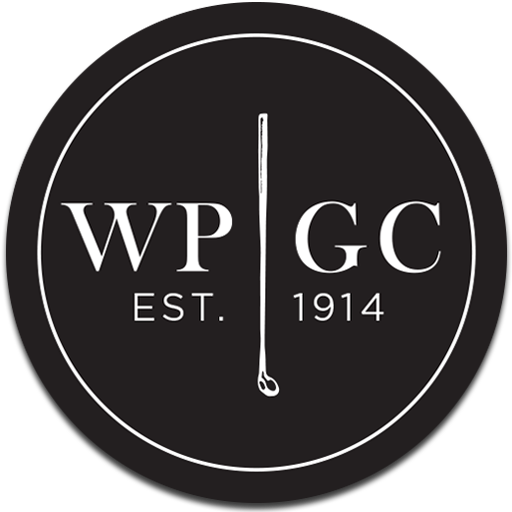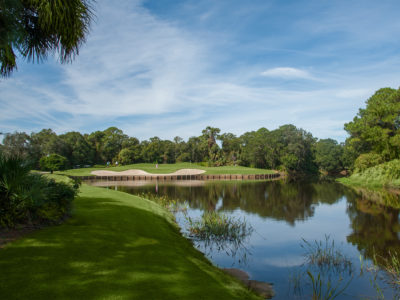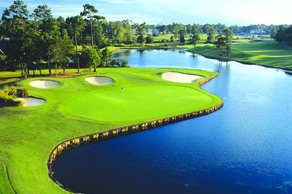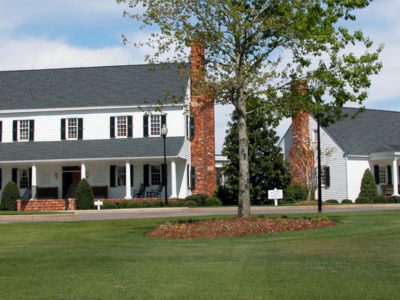By: Ryan Ballengee
I had heard of urban golf. I have even watched videos of players hitting golf balls off, over and around buildings, trash cans, streets and train tracks. My conception of urban golf was chaos, an off-shoot of the game eschewing the serenity of the game, that I love so much.
But, I have never seen anything like the Winter Park Golf Course.
I loved it!
I’m drawn to the new, different and strange, but I also yearn for timeless. It creates an odd internal conflict, especially in this sport, which so heavily emphasizes history and tradition. Perhaps, that’s why I fell in love with the renovated Winter Park Golf Course or, colloquially, the Winter Park 9.
Golf Channel’s Matt Ginella makes the place a regular hang out and has evangelized about the benefits of the city-owned course.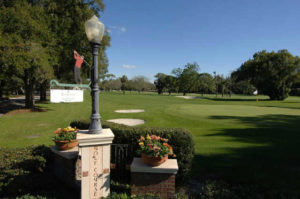
Keith Rhebb, an associate of Coore and Crenshaw, changed the course from a money-loser to the embodiment of the modern, playability, architectural movement.
The course is effectively part of the town. It runs in a loop across two streets on four separate plots of property. Turn-of-the-century houses are directly across the street from the first tee, shielded by some trees that hopefully halt a nasty first slice of the day.
No rough, hit it wherever, just find grass. What freedom.
Rhebb made the green complexes the real star attraction of the course. They are fairly large given the course’s total acreage. Plus, they are quick, with plenty of undulation.
He understood the trick to making a course memorable, especially a nine-hole course, that was built for equipment used in 1914, was to make it feel different and unique.
With endless fairway, save for the occasional pine cluster, and character-building green complexes, you will never be bored at the Winter Park 9.
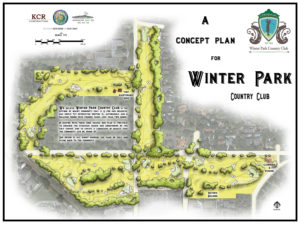 Play through the air, or along the ground. Play with power, or finesse, but you must play with precision.
Play through the air, or along the ground. Play with power, or finesse, but you must play with precision.
We made our first road crossing after the par-3 second, heading to the first of back-to-back par fives. The landing area felt 70 yards wide for this 460-yard par five, with a lone bunker on the left. Any golfer that chooses to challenge the hole quickly finds, spray it right and you’ll find a yard. Hook it left, and you might wind up in the adjacent graveyard.
True to form, at the Winter Park 9, the green was the focal point of the hole. It gave the impression of three separate greens stitched together, which allows for several interesting pin placements.
We doubled back to where we dropped our bags and crossed the street again.
The fourth is a 500-yard dogleg left. The bunker inside the dogleg, serves as both deterrent and an aiming point — that is, if you don’t want to try to hit a fade off the edge of the graveyard.
Again, there’s room to miss anywhere but on a tombstone, and the raised green makes a potential third shot anything but simple.
My favorite hole on the course was the 260-yard sixth hole. The green is shielded by the biggest cluster of trees on the course. A longer player can bash a 3-wood or sky-high driver toward the green, but the more conservative player has plenty of room to land an iron or hybrid to a desirable number.
The pièce de résistance on the property is the “lion’s mouth” green complex, with two narrow landing areas divided by a pot-like bunker, while the remainder of the green flows toward the train tracks. A layup forces a potentially devilish approach shot. The power play could land anywhere, except safe.
It’s such a fun hole!
The finishing hole brings you to a patio area, where golfers can relax after the round, and heckle your buddies as they complete their appointed rounds. The vibe is reminiscent of Craig’s Porch at Sand Valley, but it feels more like a city stoop.
It only takes 90 minutes to play Winter Park 9 and the green fees are easy on the wallet. The non-resident walking rate in peak season is $19.00. A second nine to make a full 18 holes is only $7.00 more.
What a DEAL!
A place like this makes an amazing gateway for golfers to appreciate the possibilities of playing well-designed modern golf course, with room to be imaginative, but still demands solid play inside 100 yards to score well.
Plus, the Winter Park 9 is a constant reminder that a great golf experience doesn’t have to cost a lot of money, have five sets of tees, or be a hidden away from cultural and population centers.
Cities can have a great golf course in the midst of where people are living and working.
Golf fans must make municipalities, local councils and other government leaders understand, that an investment in good, sustainable golf architecture can do wonders for their tired, listless courses.
When golf courses are a place of fun and wonder, they’ll not only be an anchor for the community, but can inspire a feeling of connectedness that just might make golf popular again.
Reprinted with permission of Golf News Net and Ryan Ballengee:

